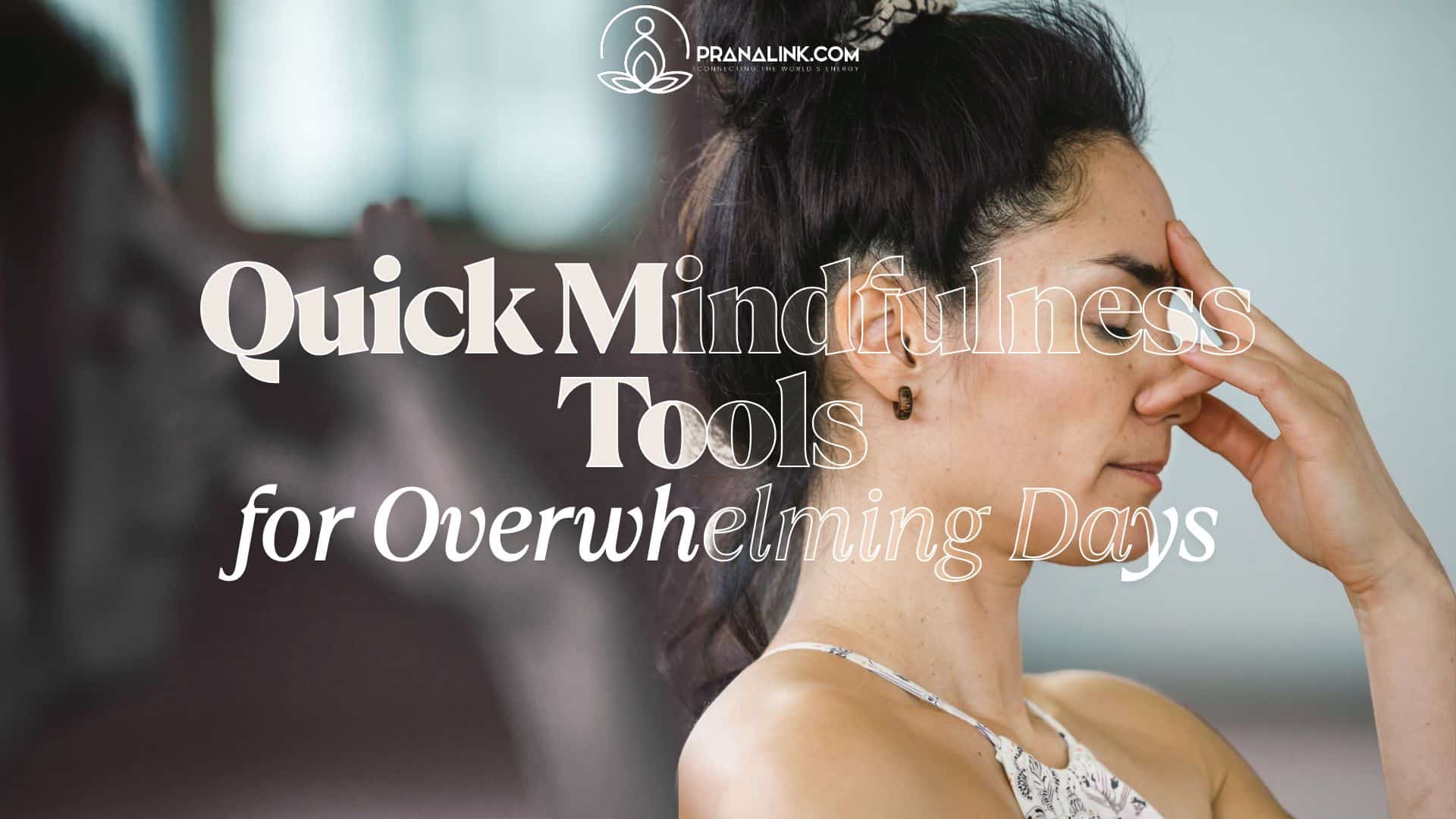Quick Mindfulness Tools for Overwhelming Days: Breathing Through the Storm Leave a comment
Simple Mindfulness Tools for Stressful Days
Life can come at you fast—meetings stack up, emails pile in, kids scream, deadlines loom, and suddenly it feels like you’re trying to breathe through a straw in a hurricane. Sound familiar? You’re not alone. Everyone hits that point where stress takes the wheel. The good news? There’s a way to ground yourself quickly, calm the chaos, and breathe through the storm with simple mindfulness tools designed for those overwhelming days.
Why Mindfulness Matters in Chaos
Mindfulness isn’t just for monks or yogis on mountain tops. It’s a practical tool anyone can use, anytime, anywhere. When the pressure builds, your nervous system goes into overdrive—heart racing, mind spinning, shoulders tightening. Practicing mindfulness helps you hit pause, regain control, and reset your body and brain.
But let’s face it: no one has time to sit in lotus pose for 45 minutes when your toddler is throwing cereal across the kitchen. That’s where quick, accessible mindfulness techniques come in.
1. The Power of the Breath
Your breath is your anchor. It’s always with you, and it’s the fastest way to calm a racing mind. Here’s how to use it:
- Box Breathing (4-4-4-4): Inhale for 4 seconds, hold for 4, exhale for 4, hold for 4. Repeat for one minute.
- Sigh it Out: Take a deep inhale through your nose and let out a big exaggerated sigh through your mouth. Do this three times. Instant release.
- 2:1 Breathing: Exhale for twice as long as you inhale. Inhale for 3 seconds, exhale for 6. This tells your brain to chill out.
Just 60 seconds of mindful breathing can bring your stress hormones down and help you feel grounded again.
2. The 5-4-3-2-1 Grounding Technique
This classic mindfulness trick helps you reconnect with the present moment. When anxiety hits, it pulls you out of the now and into “what ifs.” This method brings you back.
- 5 things you can see
- 4 things you can feel
- 3 things you can hear
- 2 things you can smell
- 1 thing you can taste
Try it the next time your thoughts start to spiral. It’s like a mental reset button.
3. The One-Minute Mindful Pause
Here’s the truth: you don’t need an hour-long meditation session. Sometimes all you need is 60 seconds.
Set a timer for one minute. Sit or stand still. Close your eyes. Focus on your breath or the sounds around you. When your mind wanders (and it will), gently bring it back. Just one minute. That’s it.
Even short pauses like this throughout the day can build resilience and reduce overwhelm.
4. Mindful Movement for Micro-Breaks
Stress often gets trapped in the body—tight shoulders, clenched jaw, stiff neck. Moving mindfully is a powerful way to shake it off.
- Do 10 jumping jacks with your attention fully on the movement.
- Stretch your arms overhead and take a slow breath.
- Walk to the window, focus on each step, and look outside for 30 seconds.
These quick movements, when done mindfully, can disrupt the stress loop and energize you.
5. Name It to Tame It
Labeling your emotions is a proven way to defuse them. When you’re overwhelmed, try saying to yourself:
- “I’m feeling anxious.”
- “I notice frustration.”
- “There’s a lot of sadness here.”
This simple act engages the rational part of your brain and reduces the emotional charge. It’s not about fixing the feeling—just acknowledging it.
Bringing It All Together: Your 5-Minute Rescue Routine
Here’s a quick routine to use when your day feels like it’s spiraling:
- 30 seconds of deep breathing.
- 1 minute of the 5-4-3-2-1 technique.
- 30 seconds of mindful stretching.
- 1 minute of observing your breath or surroundings.
- 1 minute to label your feelings.
Five minutes. That’s all. Enough to shift your state, calm your nervous system, and help you breathe through the storm.
Conclusion: Be Gentle with Yourself
On those overwhelming days, remember—it’s okay to feel off. You’re human. These quick mindfulness tools aren’t about perfection; they’re about presence. One breath, one pause, one grounded moment at a time.
You don’t need to fix everything right now. You just need to show up for yourself. That starts with a breath.
FAQs
Q1: How often should I practice these mindfulness tools?
Ideally, try them daily—even when you’re not overwhelmed. That way, they’re ready when you really need them.
Q2: Can I teach these techniques to my kids?
Absolutely. Box breathing and 5-4-3-2-1 are especially kid-friendly and can be great family mindfulness tools.
Q3: What if I’m too busy to take breaks?
Start small. Even 30-second pauses can make a big difference. Stack them onto things you already do—like before eating or after checking emails.
Q4: Do I need an app to be mindful?
Nope. While apps can help, your breath and awareness are always with you and totally free.
Q5: What if mindfulness doesn’t work for me?
Be patient. Like any skill, it takes practice. Try different techniques until you find what resonates.


